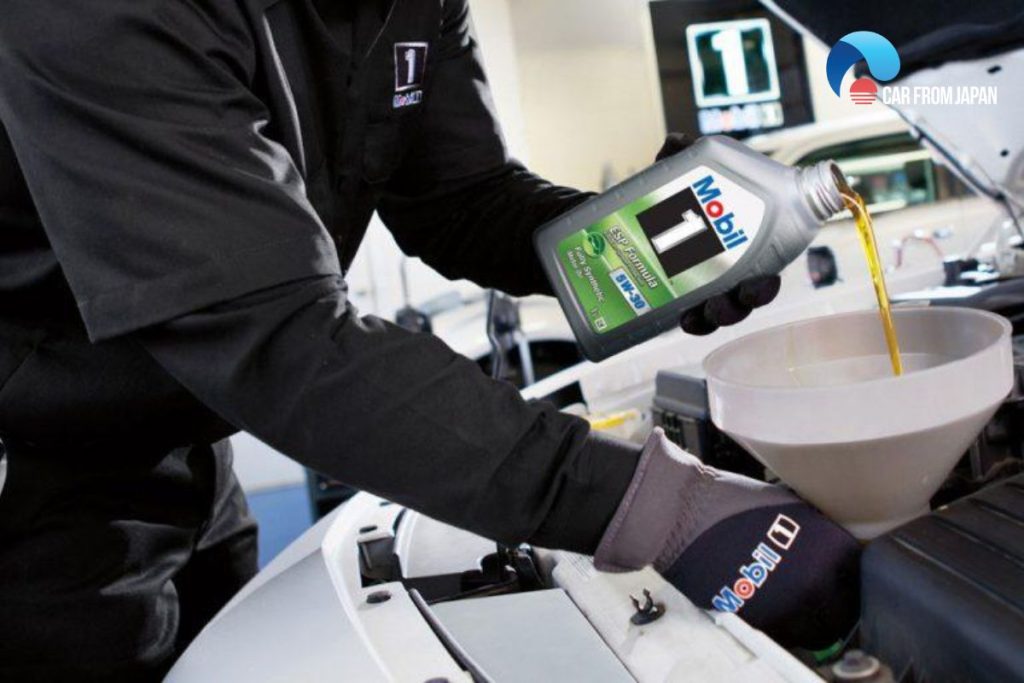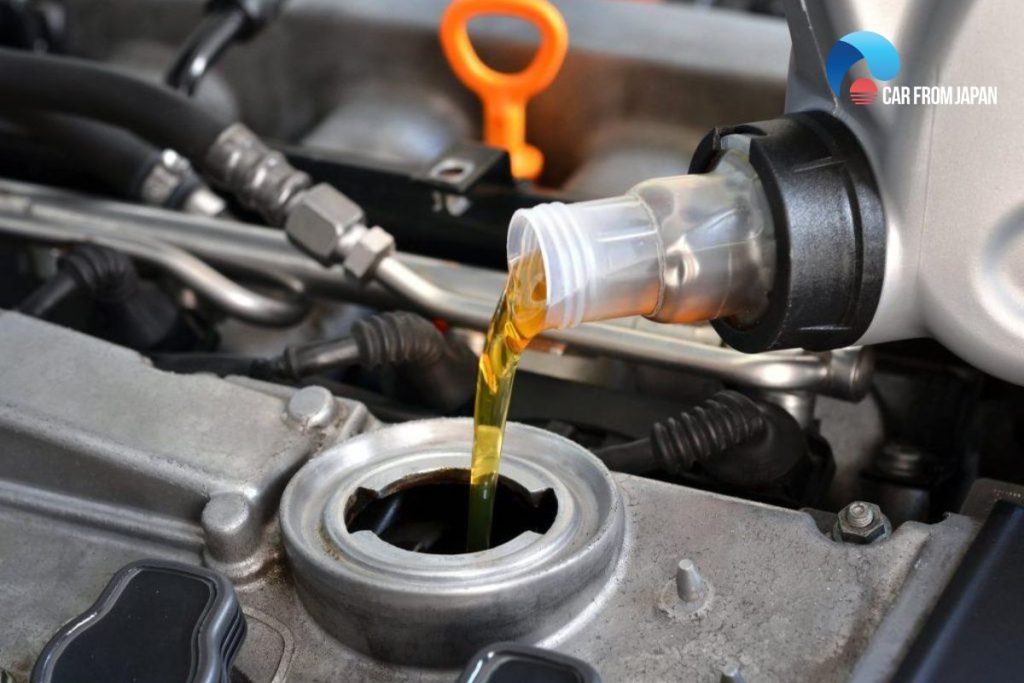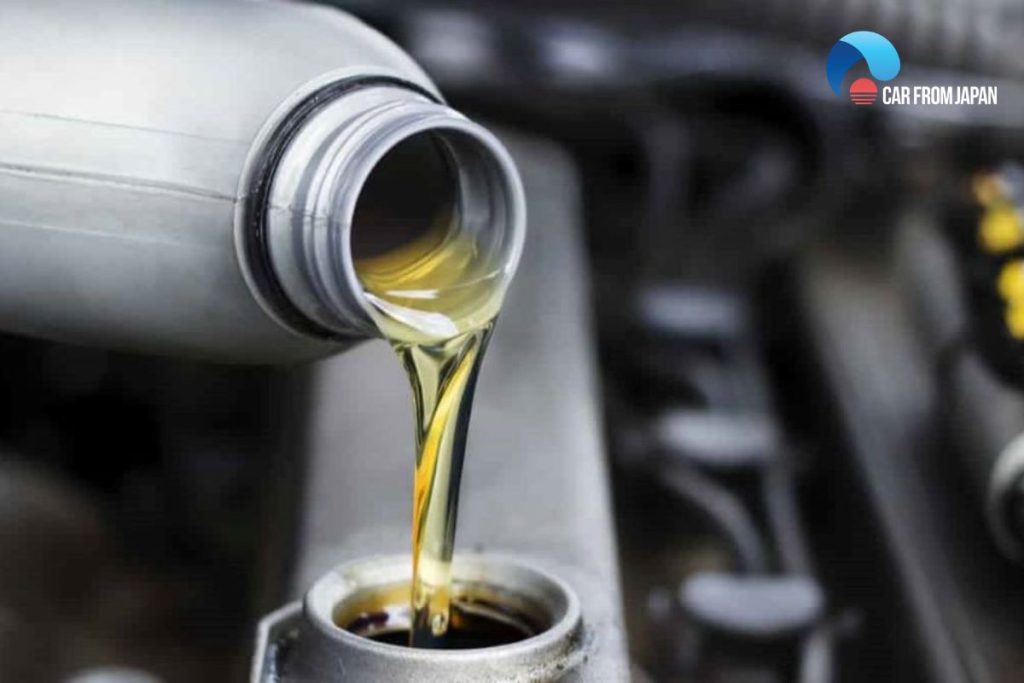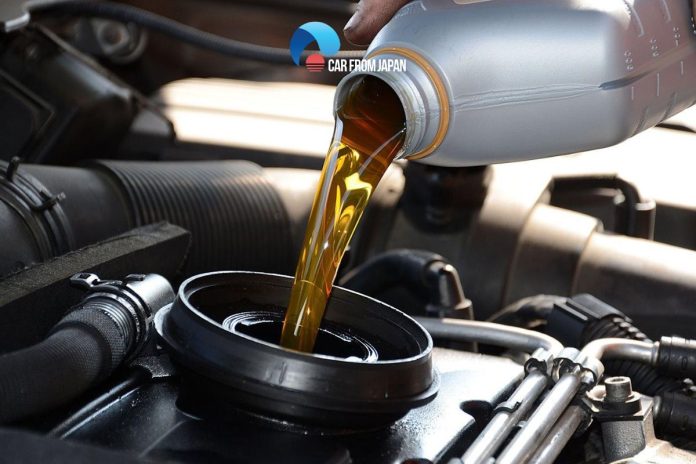Engine oil is the blood of your vehicle, as it keeps the car functioning to its maximum capacity. It cools, cleans, lubricates the moving parts of the car engine, and prevents metal parts from rubbing against one another.
The engine oil plays a vital role in collecting the dust and debris from the engine and keeps them in the oil filter. In short, your vehicle runs smoothly with fresh engine oil running the parts.
However, one needs to be careful about choosing the right engine oils to keep their vehicle functional for the longer run. Know here the difference between the three types of engine oils, namely 0w-30, 5w-30, 10w-30!
Contents
Which Engine Oils Is The Best For My Car – The 0W-30, 5W-30, Or The 10W-30?
Whether you are looking to know about 0W30 vs. 5W30 or any other engine oil, choosing the right viscosity for the engine makes all the difference in the performance and maintenance of your car.
One needs to remember that the car engine needs oil, which can work in any weather conditions. A 10W or 5W refers to the index for how easily the oil will flow in winter.
However, one needs to remember that the 10W thickens faster than the 5W. The other number refers to the oil’s resistance towards thinning at high-temperature conditions.
Car Engine Oil At A Glimpse
Brand new engine oils including the 0W-30, 5W-30, and 10W-30 perform as single-weight grade oil at a fully warmed-up and operating temperature of your car.
The majority of engines designed before Ford had 5W-20 oil specifications in 2001, and 30W weight was the ideal oil weight.
The next question, which cropped up was whether it should be 10W-30 or 5W-30 oil. One needs to understand that before hydrocracking group 2 oils gained popularity, the 10W-30 oil was considered better owing to additives, and viscosity index improvers.
The common understanding was when the viscosity index improvers could not function efficiently; the 10-weight oil was a better choice than the 5-weight oil.
The additives and not the oil provided the thickness required for proper operating temperature viscosity.

See More: Five Easy Steps to Check the Engine Oil in Your Car
The Difference
Before we dive into the differences between 0W-30, 5W-30, and 10W-30, let’s decipher the code itself. The numbers before the “W” stand for the oil’s viscosity in cold temperatures, with lower numbers indicating smoother flow.
The numbers after the “W” represent the oil’s viscosity at normal operating temperatures. Now, let’s explore each oil type’s unique attributes.
Many car owners wonder about which engine oil is better. In short, many are confused about the 5W30 vs. 0W30. One can quickly get 10W-30 in conventional motor oil, as it is a budget oil option, and not recommended by any car owner’s manual.
However, in case the car owners do end up purchasing it from a refinery, it would be hydrocracked. In short, the oil molecules would be uniform in size and require fewer viscosity improvers.
The 5W-30 can be bought as either conventional, fully synthetic, or blended. One needs to know that the fully synthetic would have fewer viscosity additives. The standard would have the maximum as synthetic molecules maintain their viscosity.

Here are some more details about the difference among the 3 mentioned oil types.
- 0W-30: Cold-start champion
The “0W” in 0W-30 signifies ultra-low viscosity, which translates to exceptional fluidity even in freezing conditions. This oil excels at cold-start protection, ensuring that your engine remains lubricated during those frosty mornings.
Ideal for frigid climates, 0W-30 boasts rapid oil circulation, effectively reducing wear and tear on vital engine components during startup. If you reside in an area where winters can be unforgiving, 0W-30 is your go-to choice.
- 5W-30: The all-season performer
5W-30 strikes a delicate balance between cold-weather resilience and high-temperature stability. Its low viscosity in cold temperatures ensures swift circulation during chilly starts, preventing engine wear.
At elevated temperatures, 5W-30 maintains its viscosity, offering a consistent oil film for effective engine protection. This versatility makes it a preferred option for various driving conditions, from city commutes to highway cruising.
- 10W-30: Heat-defying guardian
With a slightly higher viscosity in cold weather than 5W-30, 10W-30 oil steps up its game when facing warmer climates.
It forms a thicker protective film on engine components at higher temperatures, effectively safeguarding against engine stress and heat-induced wear.
This oil shines in regions with moderate climates, where temperature fluctuations are less extreme. Additionally, older engines that benefit from a slightly thicker oil film find 10W-30 to be a reliable companion.

Making the Right Choice of Engine Oils
Climate and Temperature Considerations
Selecting between these oil types largely hinges on your local climate. If you dwell in an area with bone-chilling winters, 0W-30 ensures your engine’s vitality during cold starts. For more moderate climates, both 5W-30 and 10W-30 deliver commendable protection.
Catering to Your Vehicle’s Age and Condition
Take your vehicle’s age and condition into account. Older engines, which might have experienced more wear, can benefit from the added fortitude of 10W-30.
On the other hand, newer engines, especially those recommended by the manufacturer, tend to thrive with 5W-30.
Reflecting on Driving Habits
Your driving habits also influence the choice. If you frequently embark on short trips or navigate stop-and-go traffic, opt for 0W-30 or 5W-30 to shield your engine from wear during frequent cold starts.

FAQs on Engine Oils 0W-30, 5W-30, 10W-30
Is it safe to switch between different viscosity oils?
Switching between oils with similar viscosity ratings is generally safe. However, consult your vehicle’s manual or a mechanic for specific recommendations.
Can I use 10W-30 oil in winter?
Yes, you can use 10W-30 in winter, but it might not provide as effective cold-start protection as 0W-30.
Does using a higher viscosity oil increase fuel consumption?
Using a slightly higher viscosity oil, such as 10W-30, is unlikely to significantly impact fuel consumption.
Can I use 5W-30 instead of 0W-30?
Yes, you can, especially if you live in a region with milder winters. 5W-30 still provides good cold-start protection.
How often should I change my engine oil?
Refer to your vehicle’s manual for oil change intervals. Modern synthetic oils typically last longer than conventional oils.
For more in-depth information and expert advice on engine oil selection, reach out to professionals in the automotive industry.
Check out this video from Engineering Explained to learn more about the difference between synthetic and conventional motor oil!
Summary
Car owners can use an additive pack to both blend and conventional oil, to get the desired properties. It is one of the most important maintenance tips for your car engine.
Thus, if you are looking to know the difference between the 0W-30, 5W-30, and 10W-30 engine oils, then we recommend that you check out the information mentioned above.




Tell me the difference
My car engine ceased in the middle of flooded road the trying to cross, I found out that water had gone into the air filter and I cleaned it but cannot start the car. pls advise how to fix it.
Put in new spark plugs
I cant fully comprehend your article. Are translating directly fCharles rom Japanese?
10W-30 is the best oil you can use in a car engine if the outside temperature is above freezing,
It has the least amount of viscosity improver polymers making it much more robust and able to cope with shear down and fuel dilution.
5w-30 was the save the planet alternative to 10w-30 but it uses twice as much VI improver so it breaks down and shears back much worse than 10w-30
0w-30 uses the most VI improvers of all so it is very unstable and can easily shear down from heat, pressure, and fuel dilution to a level that will quickly destroy an engine.
Same is true for the 0W-20 and 5w-20 oils most use today.
These oils BARELY keep from destroying a brand new engine so ANY fuel dilution at all or shearing will cause immediate bearing destruction.
ALWAYS use the next higher viscosity range of what is on the oil cap
And while full synthetic oil is “better” it is still no substitute for frequent oil changes of ANY oil.
And regardless of all the internet and car company lies you should NEVER go beyond 5,000 miles with ANY oil.
And if you can’t read the markings on the dipstick through the oil, it’s BAD and it needs to be changed no matter what the miles are.
ALL multi weight oils are a compromise between the best oil and the easiest maintenance.
And the wider the weight range the more the oil relies on easily destroyed polymers to keep the oil viscous at high operating temperatures so using one with the narrowest range is always the best choice.
This is why a 10w-30 is a much better choice for warm weather operation than a 5w-30 or 0w-30.
Ow and 5W oils are for winter use and quickly shear down in hot temperatures leaving you with a dangerously thin oil inside of 5,000 miles.